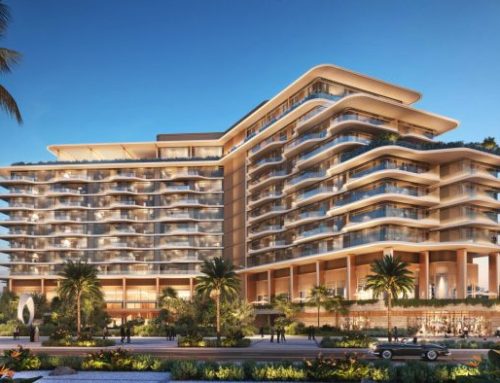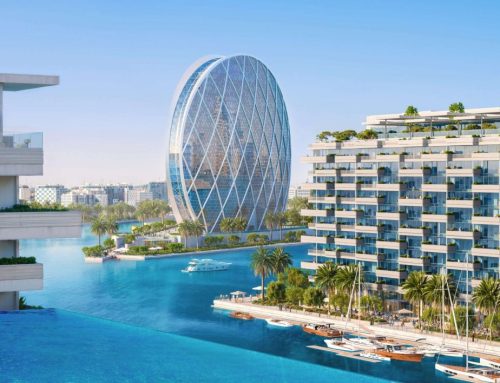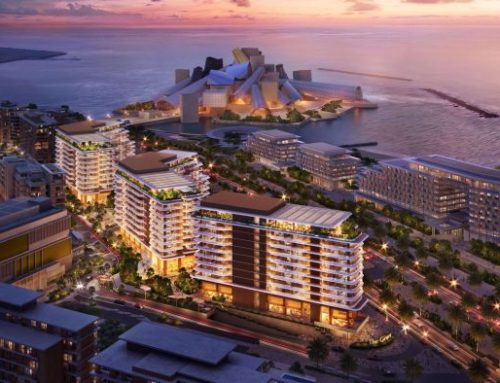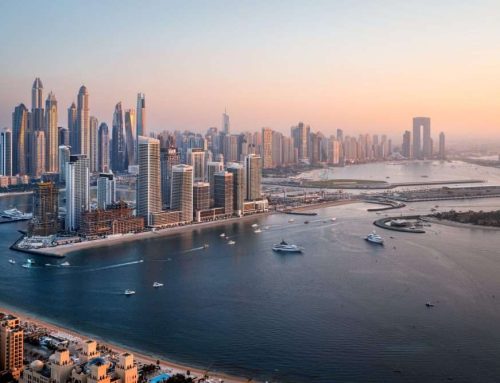The Invisible Builders: How Migrant Workers Shape Abu Dhabi’s Real Estate Landscape
In the heart of the United Arab Emirates, the gleaming skyline of Abu Dhabi stands tall, a testament to the city’s unceasing growth and prosperity.
Yet, behind the facades of towering skyscrapers and sprawling residential complexes, there is an often-overlooked group that significantly contributes to this architectural marvel – the migrant workers.
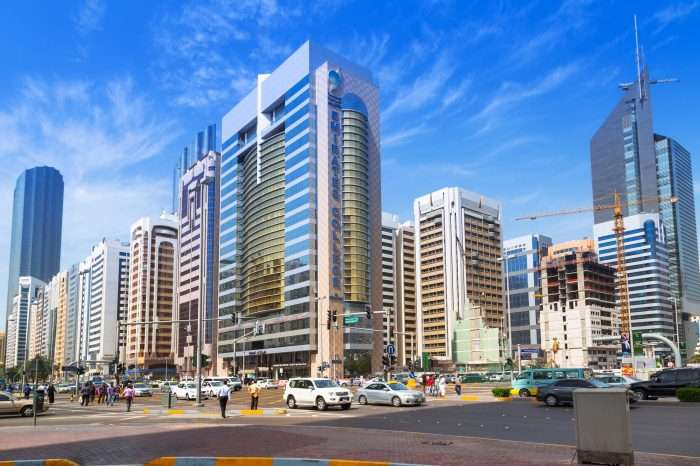
Dubbed as the ‘Invisible Builders,’ these workers have played a pivotal role in shaping Abu Dhabi’s dynamic real estate landscape.
Here, we delve into the significant impacts these hard-working individuals have on the city’s property market.
A Workforce to Reckon With
Unparalleled Manpower: Migrant workers form a significant part of the UAE’s workforce, particularly in the construction industry.
- Their immense contributions in terms of manpower have enabled the rapid development of Abu Dhabi’s real estate sector.
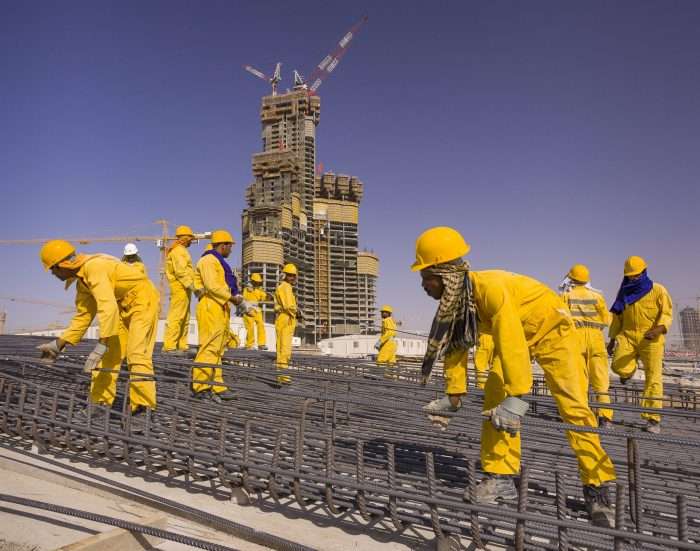
Skill Diversity: The diverse skill set brought in by migrant workers from various countries is another crucial element.
- This pool of diverse expertise helps realize complex architectural designs, turning blueprints into the awe-inspiring buildings that adorn the city’s skyline.
Shaping the Housing Demand
Housing Needs for Migrant Workers: The presence of migrant workers directly impacts the demand for affordable housing in Abu Dhabi.
- The need for worker accommodation prompts the development of more budget-friendly residential areas, diversifying the city’s real estate offerings.
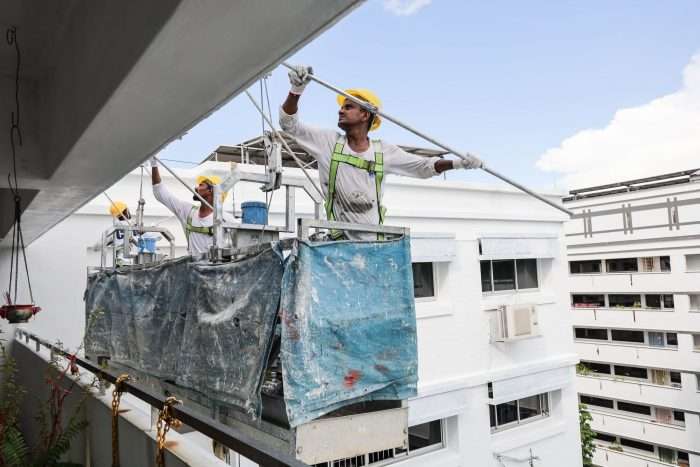
Population Demographics: The influx of migrant workers significantly contributes to the population demographics of Abu Dhabi.
- Their housing requirements influence the demand for different types of real estate assets in various city locations.
Impact on Rental Markets
Occupancy Rates: Migrant workers constitute a large segment of the rental market in Abu Dhabi.
- They help maintain high occupancy rates, especially in budget and mid-range residential properties.
Rental Prices: The demand generated by migrant workers also indirectly impacts rental prices.
- In areas where demand is high, rental prices may potentially increase, signaling a thriving rental market.
Infrastructure Development
Community Development: The demand for housing, transport, and amenities for migrant workers contributes to the development of integrated community projects.
- These infrastructure advancements, in turn, bolster the overall real estate market.
Public Transportation: With the majority of migrant workers reliant on public transportation, their presence motivates the development of robust transportation networks.
- Well-connected transportation lines can significantly boost real estate values in the surrounding areas.
The role of migrant workers in Abu Dhabi’s real estate market cannot be overstated.
- They are not just the ‘Invisible Builders’ of the city’s architectural masterpieces
- They are a key contributors to the city’s bustling real estate demand and development.
Acknowledging and understanding their role can provide valuable insights into the current market trends and future trajectory of Abu Dhabi’s real estate landscape.


